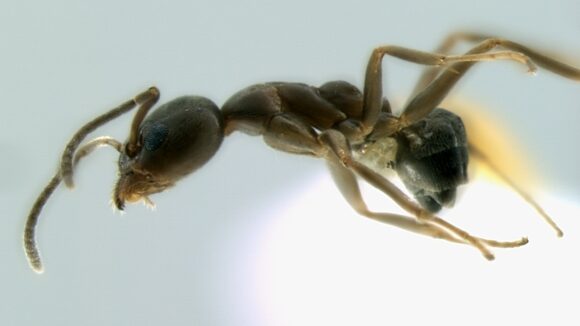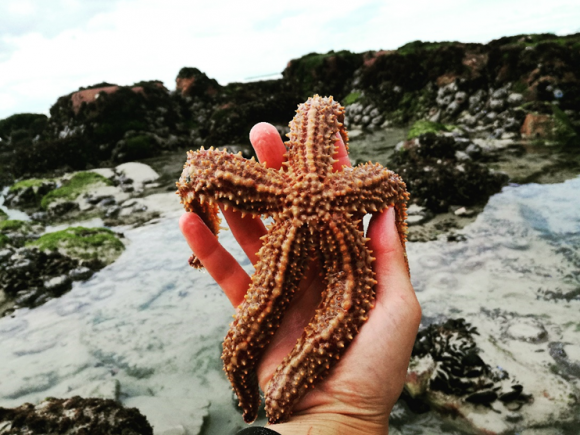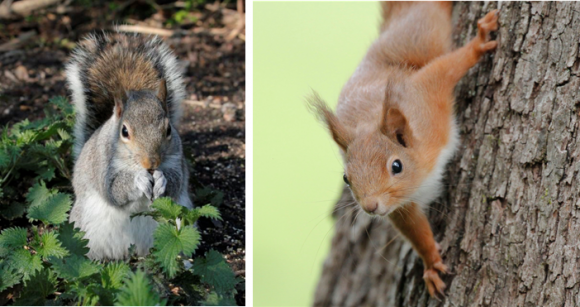In a recently-published article, C·I·B postdoctoral associate Dr. Natasha Mothapo used behavioural experiments to see if the African big-headed ant (Pheidole megacephala) can help to keep the spread of invasive Argentine ants (Linepithema humile) in check. Dr. Mothapo found that both species were very aggressive during fights. Their mortality rates were similar during one-on-one clashes, but Argentine ants suffered more deaths than did big-headed ants. When competing for food in the same environment, the African big-headed ant was able to keep Argentine ants from gaining access to the food.

Invasive alien ants have to overcome a few obstacles before they can establish themselves in a new area. When entering a new area, they are met by sometimes-hostile ant species that are already established in the area. Argentine ants are one of the world’s most successful invasive ants, and are present on six continents. The success of the Argentine ant is probably due to its aggressive behaviour towards other ants, and its large colonies. This means that Argentine ants in the same colony do not fight, and individuals are very similar genetically.
The Argentine ant has been present in South Africa since the early 1900s and has successfully spread to 6 of the 9 provinces, excluding Limpopo, KwaZulu-Natal and Mpumalanga. The ant fauna of these provinces is dominated by the endemic African big-headed ant.
Natasha’s research is the first study to show that native organisms can provide some protection from alien species (also called “biotic resistance”).
“Behavioural studies like this one are important, as it shows us how ants within a recipient area will react towards ants that are introduced to the area. Knowing this will help us to understand the factors that cause some species to be so successful at invading new areas.” says Natasha.
Read the paper
For more information contact, Natasha Mothapo (mothapo@sun.ac.za)



